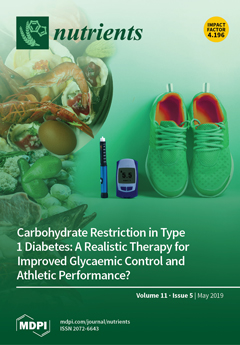The link between fibromyalgia syndrome (FMS) and obesity has not been thoroughly investigated. The purpose of this study was to examine the relationships among body mass index (BMI) and body composition parameters, including fat mass, fat mass percentage, and visceral fat, as well as FMS features, such as tender point count (TPC), pain, disease activity, fatigue, sleep quality, and anxiety, in a population of FMS women and healthy controls. A total of seventy-three women with FMS and seventy-three healthy controls, matched on weight, were included in this cross-sectional study. We used a body composition analyzer to measure fat mass, fat mass percentage, and visceral fat. Tender point count (TPC) was measured by algometry pressure. The disease severity was measured with the Fibromyalgia Impact Questionnaire (FIQ-R) and self-reported global pain was evaluated with the visual analog scale (VAS). To measure the quality of sleep, fatigue, and anxiety we used the Pittsburgh Sleep Quality Questionnaire (PSQI), the Spanish version of the multidimensional fatigue inventory (MFI), and the Beck Anxiety Inventory (BAI), respectively. Of the women in this study, 38.4% and 31.5% were overweight and obese, respectively. Significant differences in FIQ-R.1 (16.82 ± 6.86 vs. 20.66 ± 4.71,
p = 0.030), FIQ-R.3 (35.20 ± 89.02 vs. 40.33 ± 5.60,
p = 0.033), and FIQ-R total score (63.87 ± 19.12 vs. 75.94 ± 12.25,
p = 0.017) among normal-weight and overweight FMS were observed. Linear analysis regression revealed significant associations between FIQ-R.2 (β(95% CI) = 0.336, (0.027, 0.645),
p = 0.034), FIQ-R.3 (β(95% CI) = 0.235, (0.017, 0.453),
p = 0.035), and FIQ-R total score (β(95% CI) = 0.110, (0.010, 0.209),
p = 0.032) and BMI in FMS women after adjusting for age and menopause status. Associations between sleep latency and fat mass percentage in FMS women (β(95% CI) = 1.910, (0.078, 3.742),
p = 0.041) and sleep quality and visceral fat in healthy women (β(95% CI) = 2.614, (2.192, 3.036),
p = 0.008) adjusted for covariates were also reported. The higher BMI values are associated with poor FIQ-R scores and overweight and obese women with FMS have higher symptom severity. The promotion of an optimal BMI might contribute to ameliorate some of the FMS symptoms.
Full article






